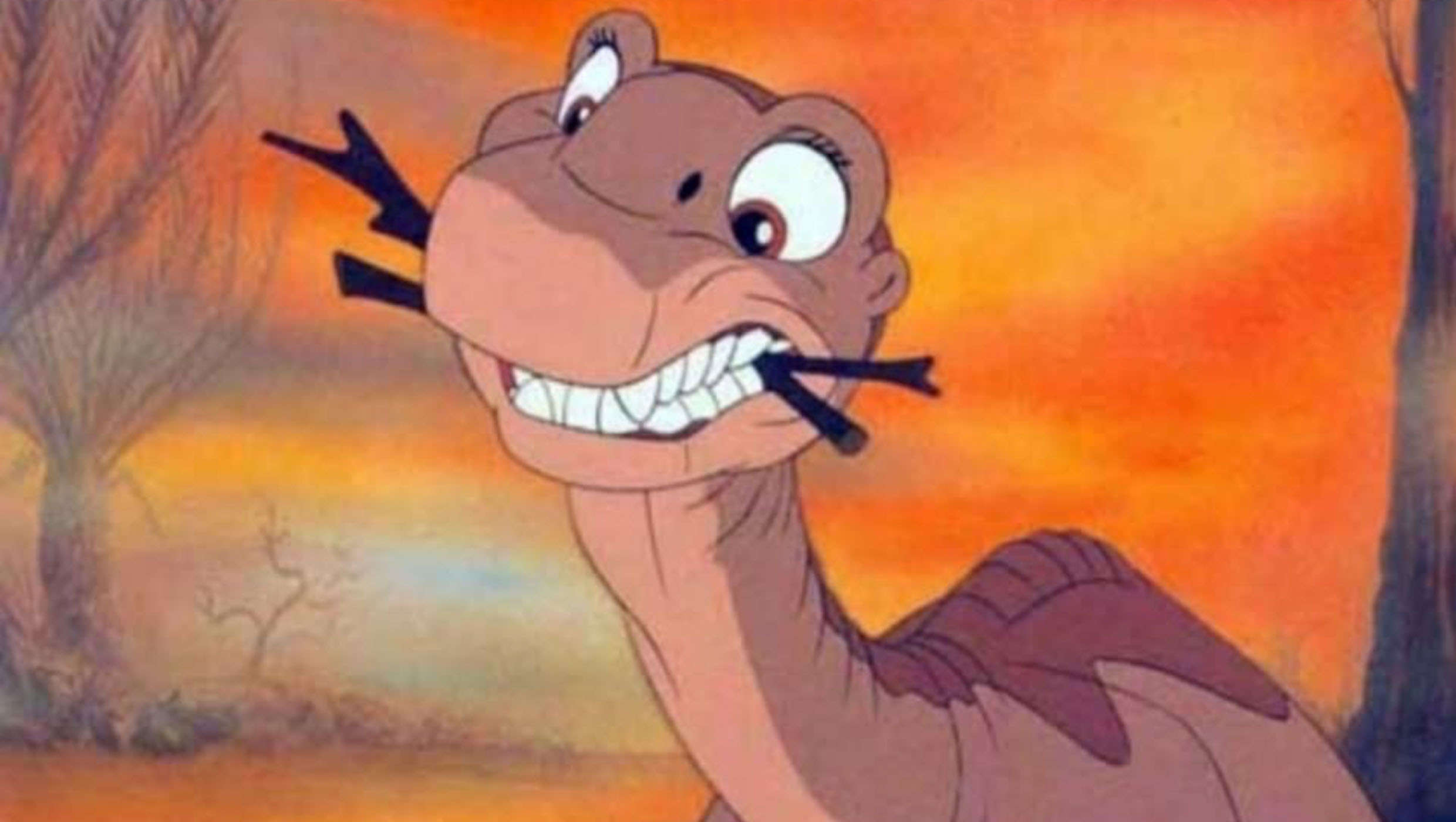Create a free profile to get unlimited access to exclusive videos, sweepstakes, and more!
Gargantuan long-necked dinosaurs became the overlords of the planet, because volcanoes

Both iPods and sauropods are extinct, but that is just about where the similarities end.
Most people would think the prehistoric overlords of the planet were voracious carnivores, but being a flesh eater doesn't always give you the crown. New research suggests that herbivorous long-necked sauropods, huge enough even the most vicious carnivores look like common lizards, ruled Earth back then. The newly discovered dinosaur Bagualia alba could be proof of this. Because there was an explosion of volcanic activity some 184 million years ago, a sudden change in the types of plant life that sprang up afterwards might have given these giants the advantage because of their almost indestructible teeth and monster guts.
“Eusauropod dominance was established after a massive magmatic event impacting southern Gondwana…and coincided with severe perturbations to the climate and a drastic decrease in the floral diversity characterized by the rise of conifers with small scaly leaves,” said paleontologist Diego Pol, who led a study recently published in Proceedings of the Royal Society B.
B. alba is now the oldest known eusauruopod (true sauropod) to have ever shaken the land with its thunderous footsteps. It is thought to have evolved from an older line of sauropodomorphs that were also long-necked eating machines on four legs, but true sauropods are believed to have appeared up to 40 million years earlier—there is just no evidence to back that up yet. The fossil record hasn’t been too reliable. Eusauropods ranged from small to ginormous, and were equipped to chew through some really tough leaves. Their deep skulls, sturdy jaws, and teeth with thick enamel gave them an edge that had them pretty much taking over every continent for a hundred million years.
Some of them would grow to be the most immense animals the world would ever see. Even the blue whale, which has taken over as the largest animal to exist anywhere on Earth, has nothing on beasts like Argentinosaurus or Patagotitan.
The specimen of B. alba that was unearthed in the Cañadón Asfalto Basin of Argentinian Patagonia showed that these dinosaurs were capable of chewing and digesting the leathery leaves of conifers that somehow survived the massive volcanic tantrum that wiped out many of the ferns, gingkoes and cycads (which look like shorter palm trees but actually have hard evergreen leaves) that many sauropodomorph species relied on as a food source. While those species went extinct, which was proven by their vanishing from the fossil record around the same time volcanoes went wild after the early Jurassic, what was left was enough for eusauropods like B. alba to hang on.
From the partial fossilized skull and 7 vertebrae of B. alba that Pol and his team found, they were able to make out features of the cranium, jaws and teeth that made it possible for these dinosaurs to handle conifers that were inedible for many other dinosaurs. Earlier sauropodomorphs that could not handle the emergence of new flora perished. The plants they ate were either scorched by rivers of magma or succumbed to the global warming that followed, because greenhouse gases in the atmosphere trapped excess heat those plants couldn’t handle.
Fossil pollen embedded in layers of sedimentary rock showed that what was once a humid climate which supported much more diverse plant life turned into post-volcanic dryness. It was a climate ideal for different species of conifers, all with the small scaly leaves Pol described. Sauropods like B. Alba only became more efficient at chomping on them.
“Their deep and robust skulls and mandibles indicate high bite force and their long jaw gape and large and broad teeth with thick enamel…and extensive shearing wear facets have been interpreted as adaptations to obligate high-fiber herbivory and bulk feeding on tough, fibrous plant material,” he said.
There is still much that remains hidden in the fossil record or could have disappeared forever, but it could potentially change how we think about which dinosaurs really ruled the world.


























